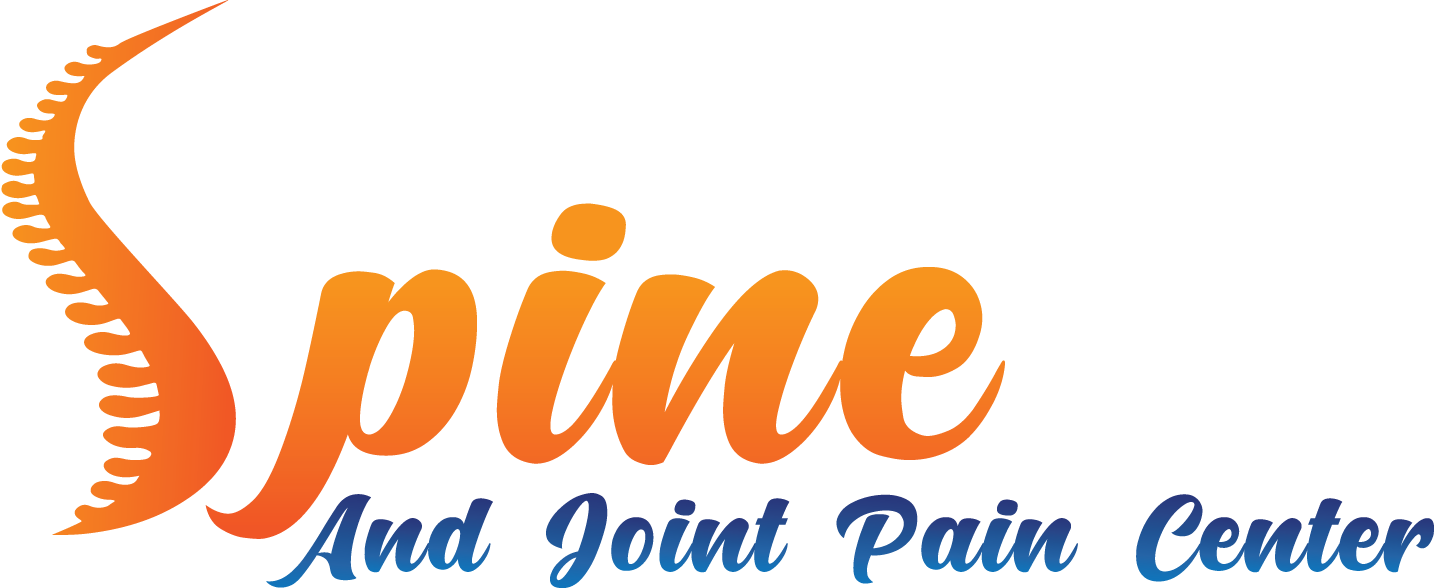
Knee Injections
Shoulder Injections
In the field of medicine, joint injections, also known as intra-articular injections, are commonly used to treat inflammatory joint conditions like rheumatoid arthritis, psoriatic arthritis, gout, tendinitis, bursitis, carpal tunnel syndrome, and sometimes osteoarthritis.
Shoulder injections are used for both diagnostic and therapeutic purposes, with corticosteroids and hyaluronans being commonly injected substances. Corticosteroids are potent anti-inflammatory agents that help reduce swelling and inflammation, often used in conjunction with physiotherapy and other medications for conditions like subacromial impingement syndrome, AC joint pathology, and inflammatory arthritides.
Hyaluronans provide additional anti-inflammatory benefits, coat pain receptors, stimulate natural synovial fluid production, and enhance joint lubrication. They are beneficial in managing degenerative synovial joint disease, especially when surgery is not an option.
Wrist Injections
Around 5% of Americans suffer from carpal tunnel syndrome, a condition caused by pressure on the median nerve that runs from the forearm to the palm. This pressure can cause symptoms like pain, tingling, numbness, and weakness in the hand and wrist, sometimes extending up the arm.
The median nerve and tendons pass through a narrow passage in the wrist known as the carpal tunnel. When this area is compressed, it can lead to discomfort and reduced hand function.
Cortisone injections typically start to work within 3 to 5 days and can provide relief for several days to a few months. If the first injection does not alleviate symptoms within two to three weeks, a second injection may be recommended.
Ankle Injections
Hyaluronic acid, also known as viscosupplementation or rooster comb injection, is used to treat osteoarthritis in various joints such as the knee, hip, shoulder, elbow, and ankle. Although currently approved by the FDA and insurance companies only for knee treatment, ongoing studies are exploring its effectiveness in other joints.
This natural molecule is typically found in healthy cartilage but is reduced in arthritic or damaged cartilage. These injections help manage pain, improve joint lubrication, and replenish hyaluronic acid levels. They also encourage the joint to produce more of this essential molecule, ultimately enhancing overall joint function.
